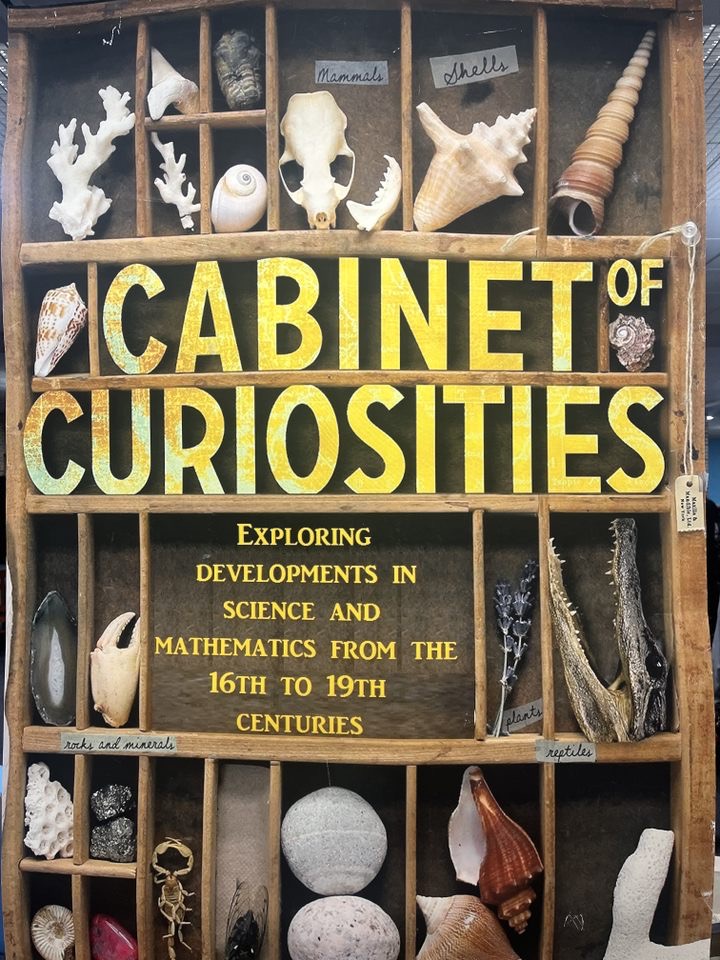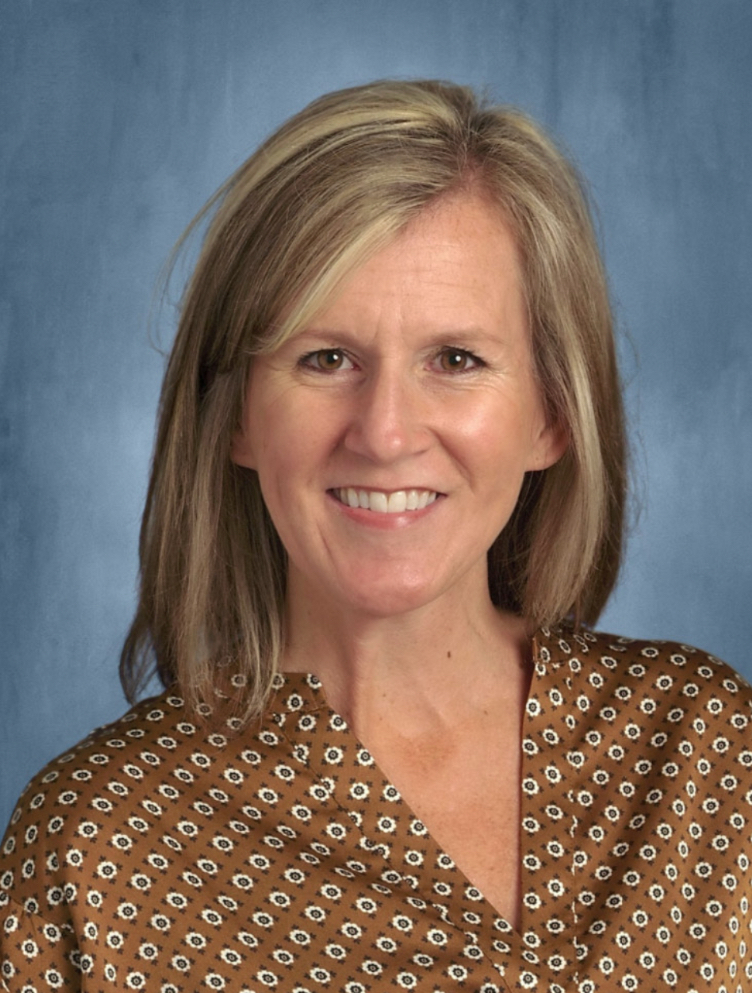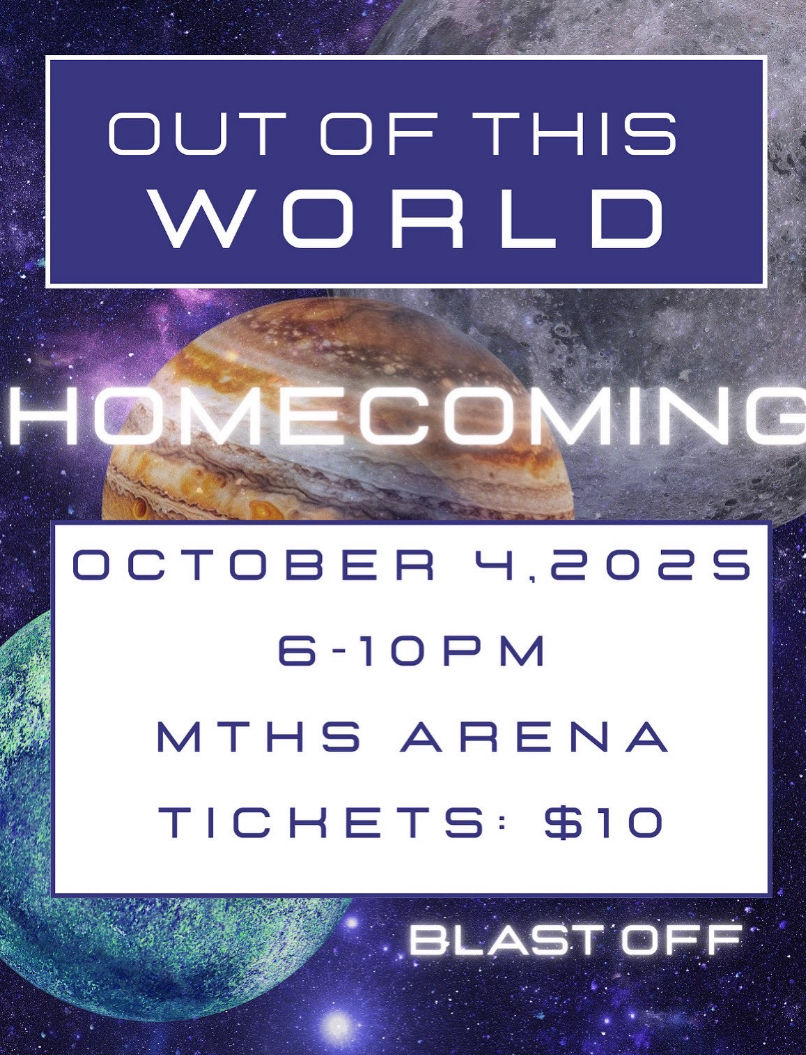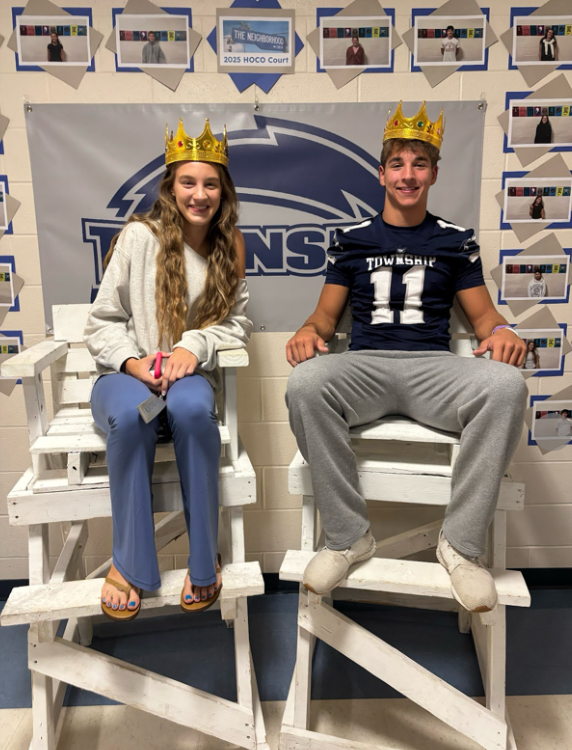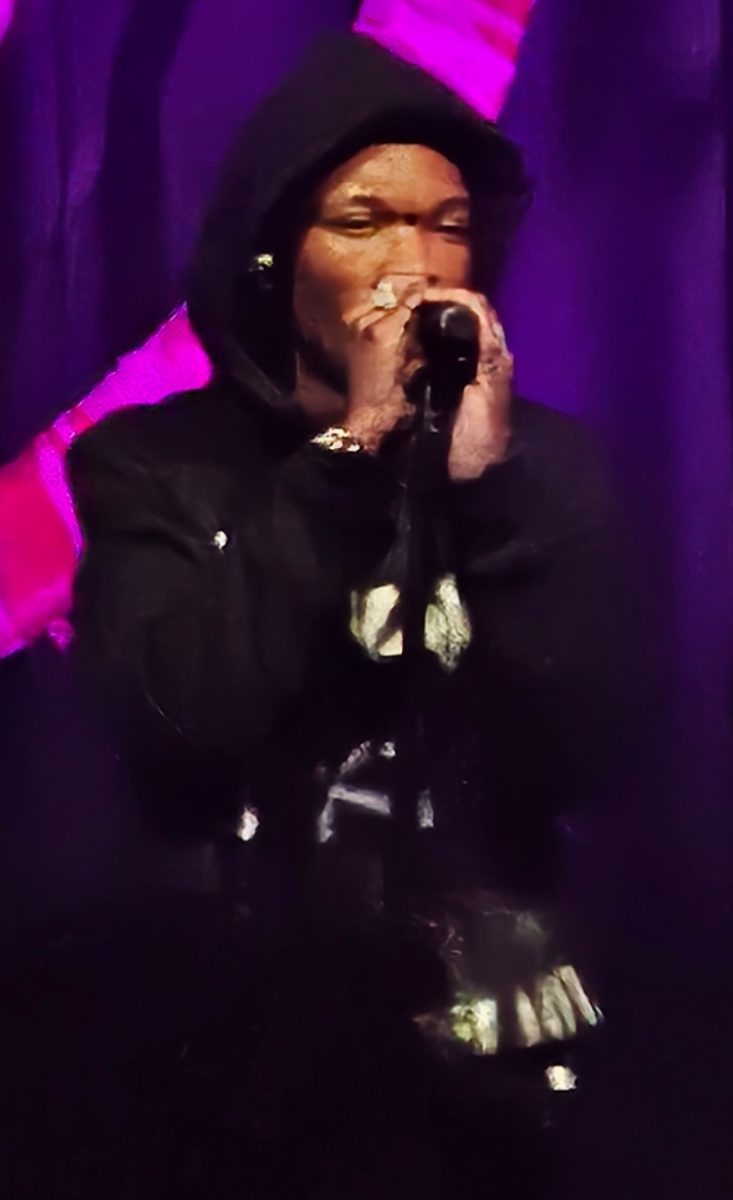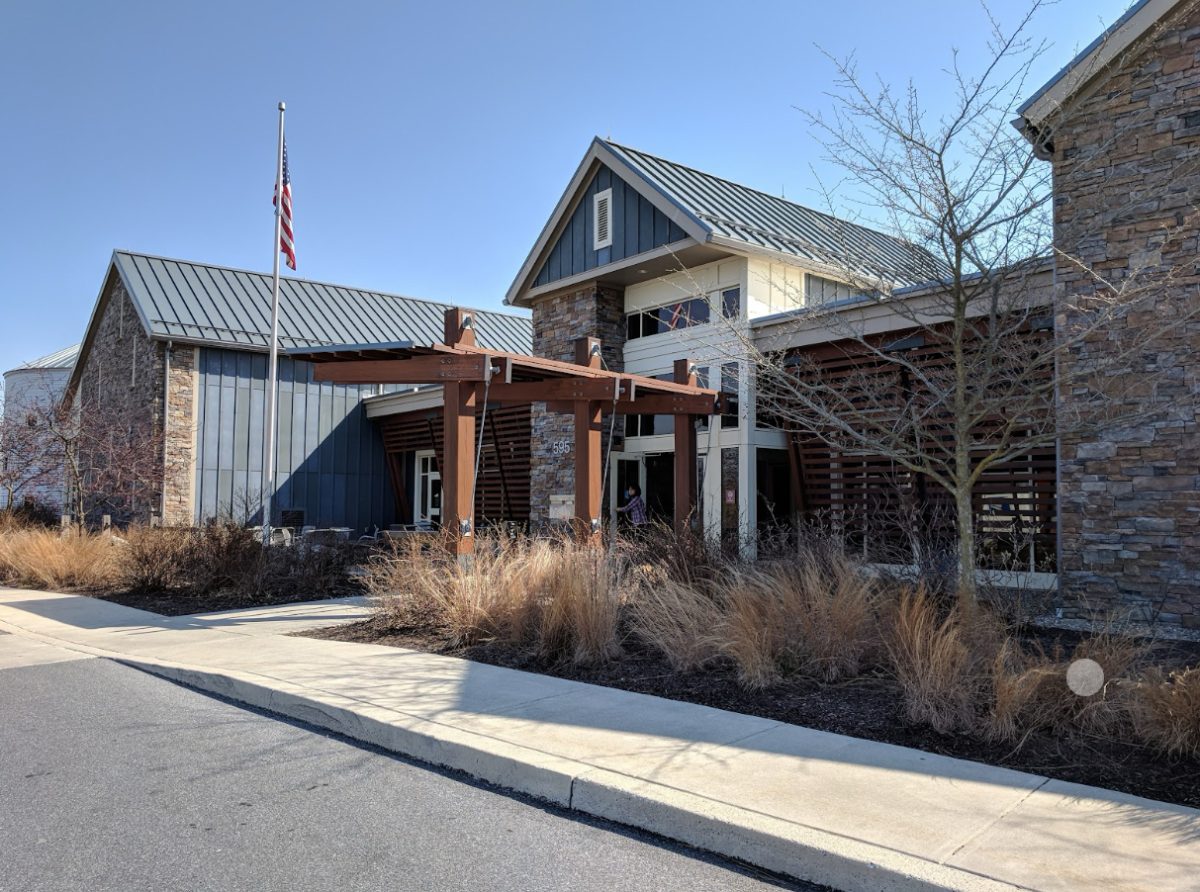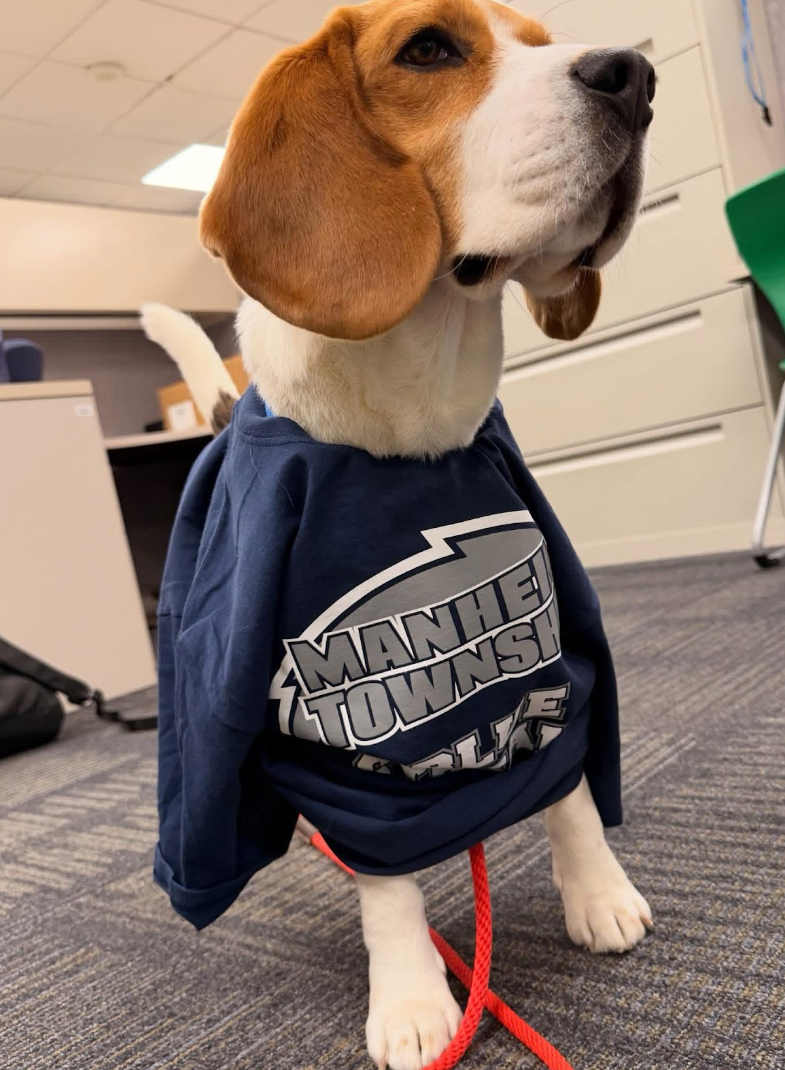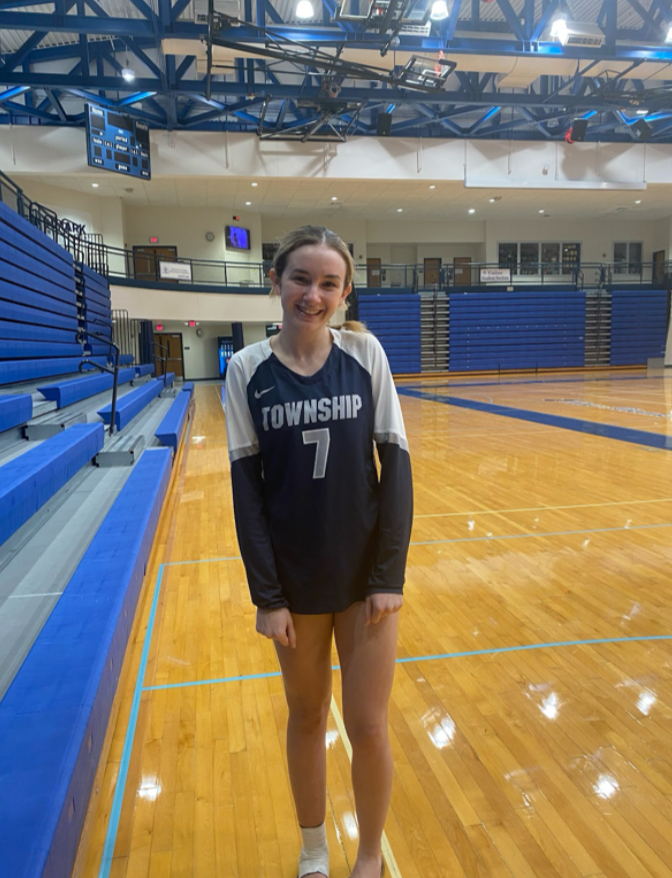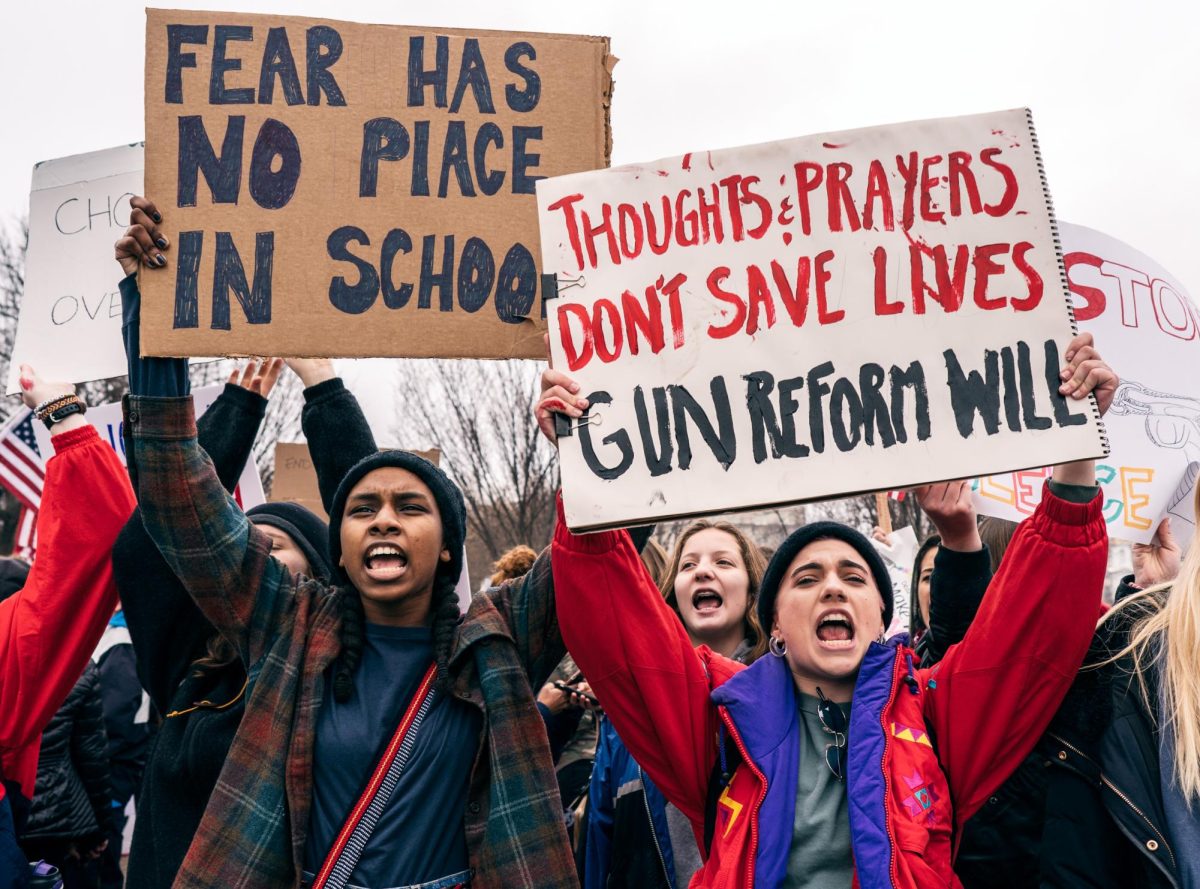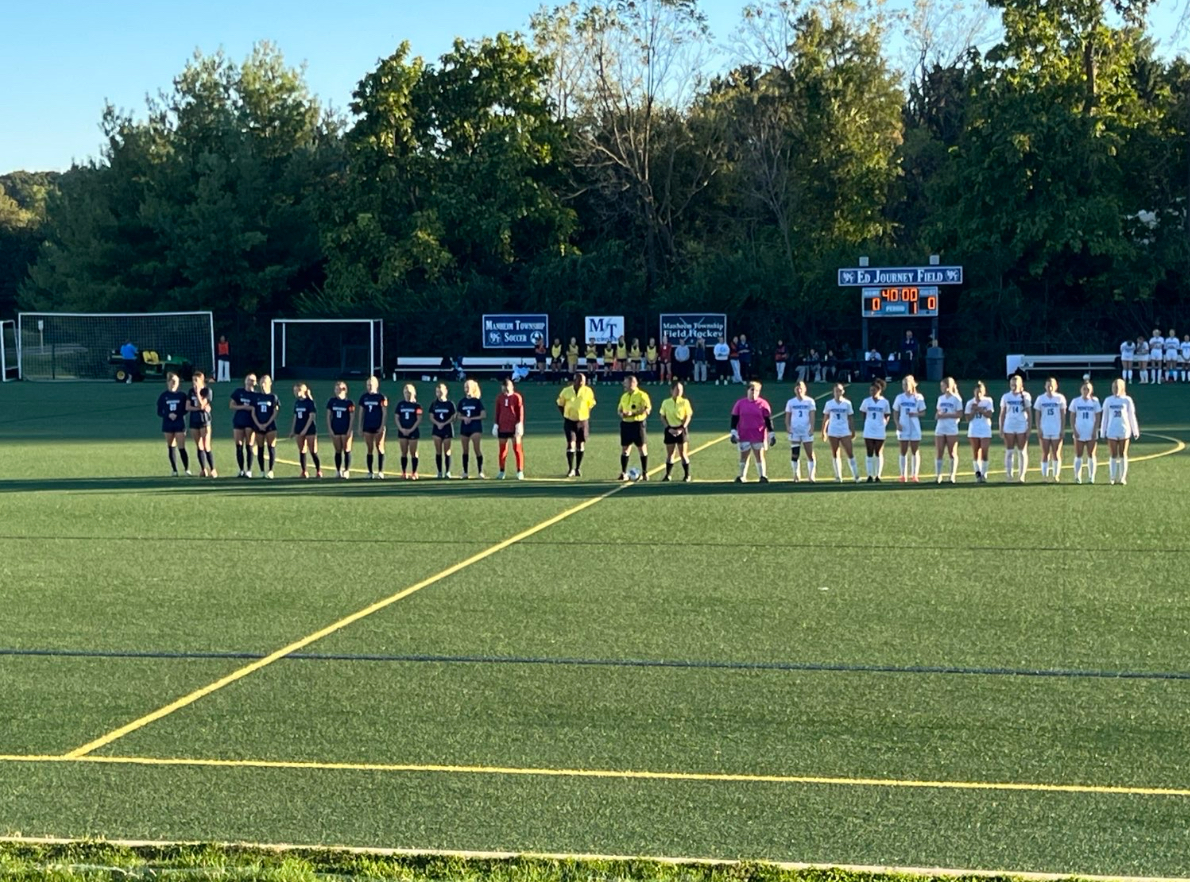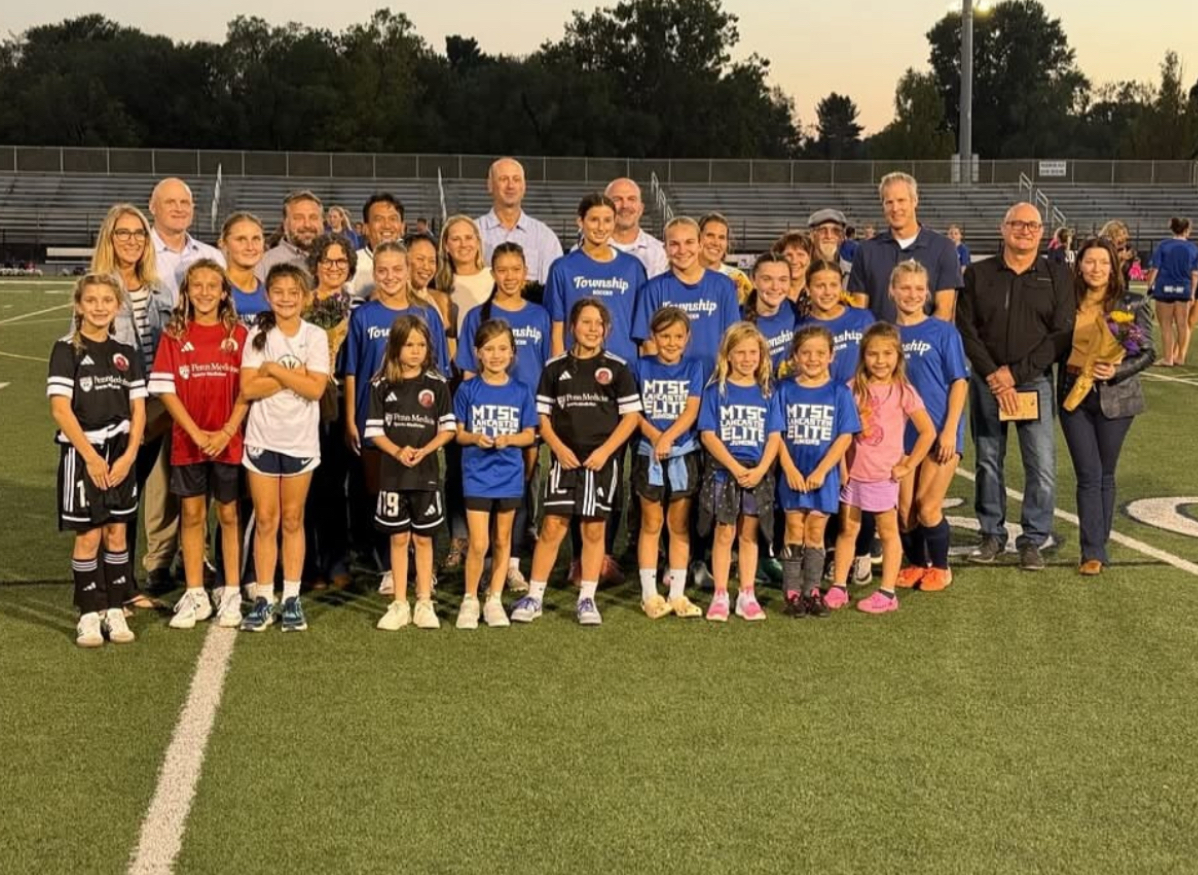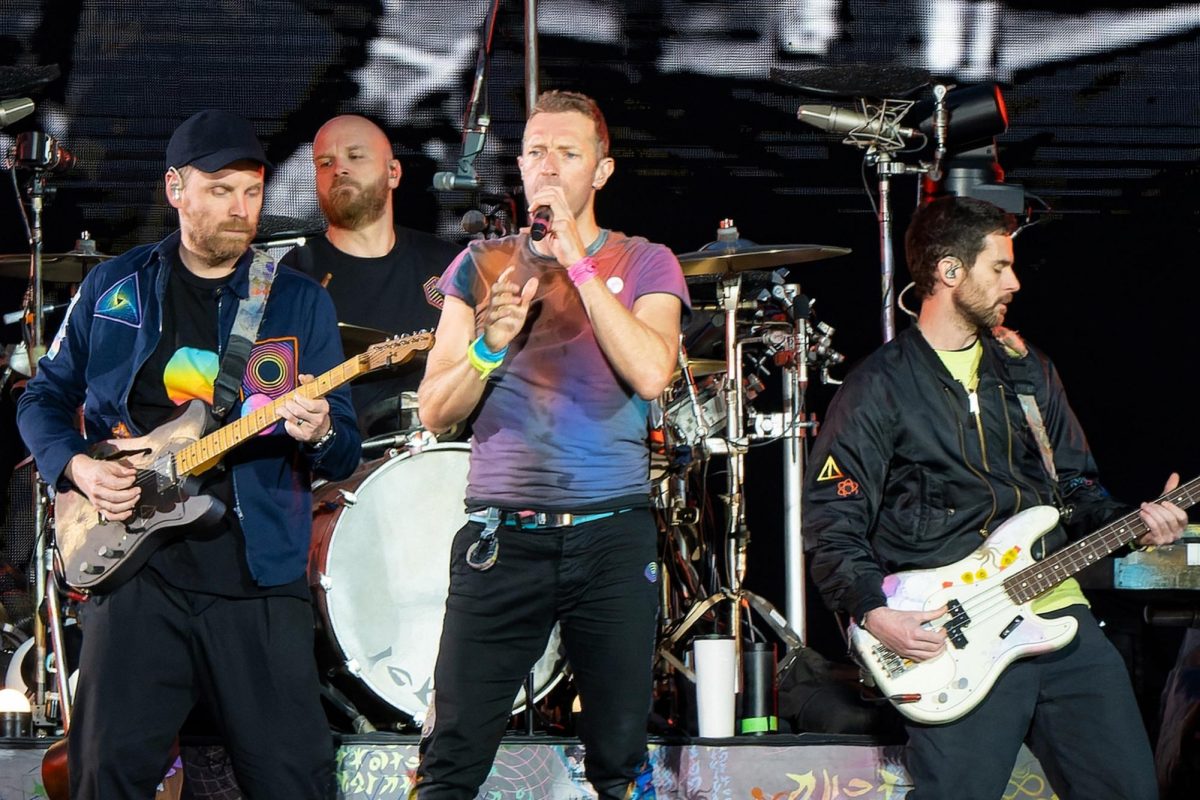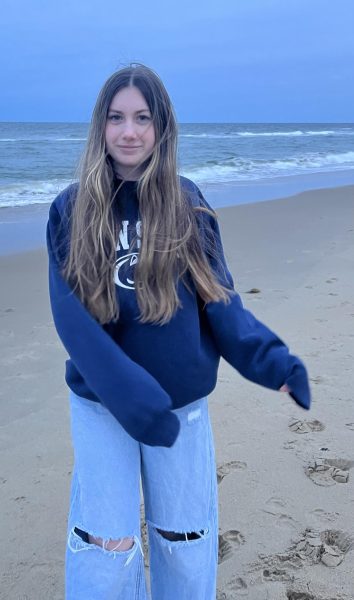Every year, AP World History teachers at MT put together an exhibit-like presentation in the library titled “The Cabinet of Curiosities.” Yes, it is an assignment for the students—but it is also a chance to expand some of their preconceived ideas of the world.
This project has been implemented at MTHS for the last 11 years, started by AP World History teacher Mrs. Tammy Sweeney.
“I’ve always loved interdisciplinary stuff. With this type of project you can see how history connects with several different subjects,” said Sweeney.
Students assigned this project get to explore certain inventions and ideas that, otherwise, would not be included in the curriculum. They can pick any invention, inventor or idea developed during the scientific revolution and study it. Many common choices are medicines, math tools and astronomy.
The project entails three different steps. First, students build an exhibit that represents their topic of study. Second, they create “curator notes,” a piece of paper or two that describes the exhibit and the history behind it. The notes are meant to look old, so many students soak them in coffee or burn the edges. Finally, students make a short video explaining their object.
Over the years there have been many outstanding exhibit submissions and the teachers enjoy seeing what their students can create.
“I look forward to weapons, medicine, the guillotines and the interactive bodies,” said Sweeney. “I love science and nature, and getting to see that kind of stuff is really cool.”
While this project has been going on for more than a decade, there is always room for improvement.
“I would love, in the future, to have a real opening, where it’s like a party, and all of the families and admin could come to share with the communities,” Sweeney said.
All of the AP World History teachers assign this project. However, Sweeney’s efforts made it what it is today.
“This is a project Mrs. Sweeney has been doing for a long time, and she extended the invite to me,” said AP World History teacher Mr. Alejandro Ulloa. “I was able to hop onto a well-oiled machine.”
The Cabinet of Curiosities gets students more involved with the unit and provides them a better understanding of the sorts of innovations that went on during the scientific revolution.


